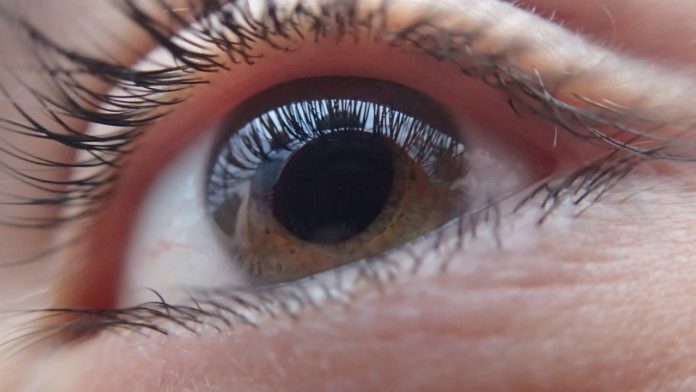Scientists say the retinal scanner that offers clinically accurate eye scans at a fraction of the cost can prevent blindness
Biomedical engineers at Duke University have developed a low-cost, portable optical coherence tomography (OCT) scanner that is, a retinal scanner that promises to bring the vision-saving technology to underserved regions throughout the world, thus preventing blindness.
The scanner is 15 times lighter and smaller than current commercial systems and is made from parts costing less than a tenth of the retail price of commercial systems – all without sacrificing imaging quality.
In its first clinical trial, the new OCT scanner produced images of 120 retinas that were 95 percent as sharp as those taken by current commercial systems, which was sufficient for accurate clinical diagnosis.
The results appeared in Translational Vision Science & Technology, an ARVO journal.
“With the growing number of cases of diabetic retinopathy in places like the United States, India and China, we hope we can save a lot of people’s sight by drastically increasing access to this technology”
OCT imaging has become the standard of care for the diagnosis of many retinal diseases including macular degeneration and diabetic retinopathy, as well as for glaucoma. However, OCT is rarely included as part of a standard screening exam since machines can cost more than $100,000 and are only available in large eye centers.
“Once you have lost vision, it’s very difficult to get it back, so the key to preventing blindness is early detection,” said Adam Wax, professor of biomedical engineering at Duke.
OCT is the optical analogue of ultrasound, which works by sending sound waves into tissues and measuring how long they take to come back. Traditional OCT machines weigh more than 60 pounds, take up an entire desk and cost anywhere between $50,000 and $120,000. The new OCT device weighs four pounds, is about the size of a lunch box and, Wax expects, will be sold for less than $15,000.
In the new study, J. Niklas Ulrich, retina surgeon and associate professor of ophthalmology at the University of North Carolina School of Medicine, put the new OCT scanner to the test against a commercial instrument produced by Heidelberg Engineering. He performed clinical imaging on both eyes of 60 patients, half from healthy volunteers and half with some sort of retinal disease.
Results showed that the low-cost, portable OCT scanner provided useful contrast that was only 5.6 percent less than that of the commercial machine, which is still good enough to allow for clinical diagnostics.
“With the growing number of cases of diabetic retinopathy in places like the United States, India and China, we hope we can save a lot of people’s sight by drastically increasing access to this technology,” said Wax.


